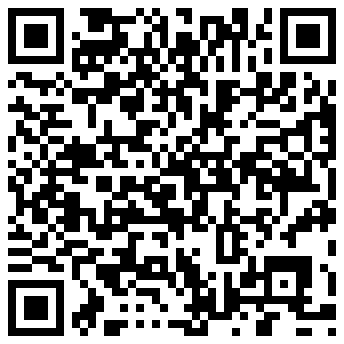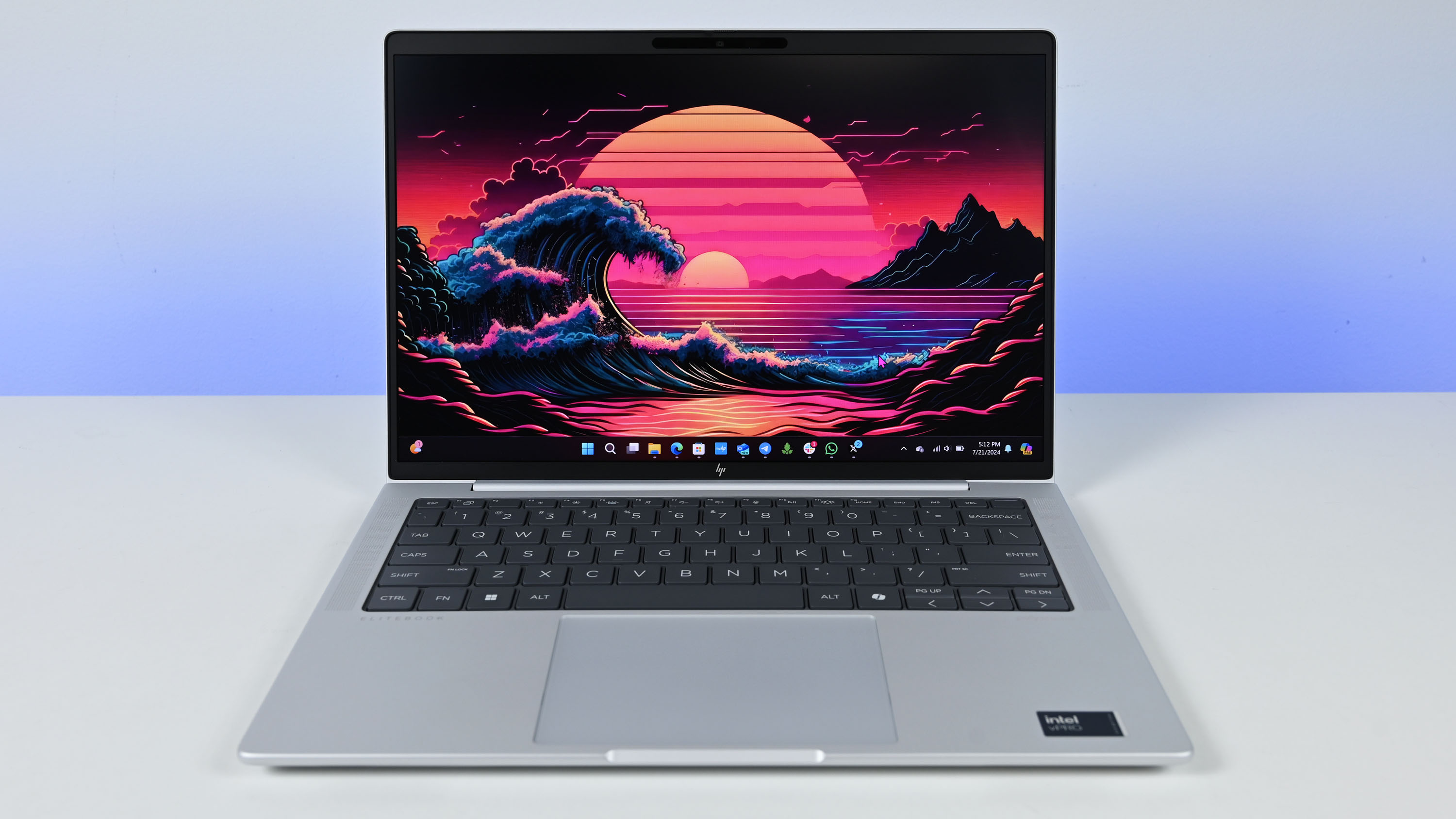Windows Phone Developer Insight – Articles For Instapaper creator, Mark Osborn

Mark Osborn, creator of the Windows Phone app Articles for Instapaper, is just in the process of uprooting from the UK and moving to the the US. We had been in touch with Mark for a while as he had shouted me on twitter to tell us about his Instapaper Client for Windows Phone. For those not familiar, Instapaper is a free web service that lets you save web pages and articles to read later. With Articles for Instapaper, you can tap into your Instapaper account from your Windows Phone to read your articles.
We were just in time to catch him before he headed off to frolic in Europe one more time before he left and had the opportunity to sit down, drink too much coffee and chat about the old, the now and the next.
Rob: Tell me about yourself, how you got into Windows Phone development.
Mark: I have been a computer geek for as long as I can remember. I started on my first computer at age six and taught myself BBC Basic programming. My Mother was network manager for the school back in 1987 so she was able to get a RM Nimbus machine.
Robert: Right, I used those in school, they weren’t quite a fully compatible IBM PC were they?
Mark: They were labeled as 186 which is odd, as Intel only did 8086 and 80286, so beats me! So the machine had a very early version of BBC, I started to play about with it. I remember going to my local newsagent and at that time you could buy a magazine off the shelf, which had the entirety of the source code for a game or something in the back. The magazine I bought had the code to make a text based RPG, so I sat there and typed it all in, it took weeks and sods law, the thing didn’t work!
I taught myself to code by fiddling and debugging that example code, I was totally hooked. My next computer was able to run Windows 3.1 and Visual Basic, I think it was version 3.0, it was the last of the 16-bit versions. I figured I could apply some of my BBC Basic skills to it, and was able to write simple Windows apps.
Get the Windows Central Newsletter
All the latest news, reviews, and guides for Windows and Xbox diehards.
Around 1995-96 we first got internet in our house. We got a modem for the computer and my Dad was saying, “This is going to cost a fortune!” because it was using the telephone line. So the first useful application I wrote was called Web Cost, which was an internet timer, it detected when you connected to the internet and started accruing how much you spent roughly. That was based on BT’s (British Telecom is like AT&T) call rates at the time. I iterated this software until it got the version four, which is when I was about sixteen. I put it up on various download sites and was amazed when I got an email through from Denis Publishing who put out Computer Shopper and various other PC orientated magazines. They wanted to put my little bit of software on the front of the magazine cover on one of those CDs at the time.
From cover disc promotion, people then started to get in touch and ask for various features to be integrated into the program, I then turned that expanded feature set into a Web cost 5.0, which was shareware. At the time it cost £5.00 to unlock some features and remove the nag screens and went on to sell a couple of hundred copies. I was 16 years old and cashing in hundreds of pounds a month in cheques for my software!
Rob: So that was the early years, bring us up to date
Mark: I went to do Computer Science at University and then through the professional world doing .Net development for nearly 8 years. Going back to your original question on how I got into Windows Phone development. I was using the iPhone for the first four of its iterations but I got a little bored of it and the interface for iOS.
I thought, I’d love to be able to use .Net that I use in my day job to write for this (his Lumia 800). I had never done Silverlight before but I had experience of coding with C#, so taught myself Silverlight. I thought I’d like to do an Instapaper client as I used it every day. There are competitors on the Marketplace but thought I could do my own interpretation of it. That is how I became involved.
Rob: How have you found the development experience for Windows Phone?
Mark: I think we have the best tools in the business, absolutely. I have played with iOS development and Xcode and it feels a bit out of date, 10 years out of date is what I would say. I can understand objective C as I did raw C when I was back in University but think that C# and Visual Studio are light years ahead in terms of the tools and the simplicity of the platform.
In terms of dislikes, there are things that could be improved. I have already found myself writing behind the scenes frameworks that I intend to re-factor out so that when I do any future apps, I will be able to re-use them. Based upon that I think there could be richer stuff for devs out of the box, as maybe someone that does not have as much experience may struggle with some of the first hurdles. I do think that for people coming to a development platform we’ve still got the richest and easiest set of tools.
Rob: Have you looked much at Windows 8?
Mark: I have done a little bit of WinRT, I am working my way through Charles Petzold’s latest programming windows 6th edition book which focuses on WinRT. I feel I can adapt to it being a Silverlight and C# developer but I feel like at this stage the documentation is still not there. We are missing a few things and some things were broken between Windows 8 CP & RP. So I am holding back until final code appears.
Rob: Let’s talk about Articles For Instapaper, what new things did you think you could bring to the table when you were developing an Instapaper client?
Mark: I checked out Stacks for Instapaper, which is the app that’s been on the Marketplace for the longest and has good ratings. I played with it, whilst it worked pretty well I didn’t think it fully conformed to the Metro UI. That was one of my focuses, so I ensured that my app was properly aligned as you’d expect and basically ripped off as much as I could from the mail app that’s built into the phone because that’s is a perfect example of a reading app. The mail app is Fast, fluid, pivots and has minimal stuff on the application menu bar, which I mirrored as much as I could. Whilst my version v1 of the app won’t quite have all the features of Stacks For Instapaper, I wanted to get something out there. I needed to get the name Articles reserved, which you cannot do unless you submit an app. I wanted to get something out there that looked visually appealing and visually better and then later on drop in more features as I go on.

Rob: Let’s talk about future updates to the app, what’s in store?
Mark: The first two releases were designed to address a few bugs, mainly due to the app not being beta tested. Scott Hanselman who works on Microsoft's ASP.net team has helped with the testing as he’s a fan of Instapaper. Version 1.3 will be coming out in the near future and will include a more customisable reading view, choices of fonts and colours so you can invert the display. Down the line, I would like to add pagination, like that which currently exists in the iPad version. That has a more computer science like problem to solve before I can attempt that though, I would certainly like to do pagination, as I prefer it to scrolling. I’d also like to try putting in tilt to scroll, not because it’s something I’d every use but because it lets me play with the accelerometer stuff.
Aside from Articles, I am working on another app now. It is an app called BringCast, my friend is the developer of that app so we’re joining forces on the next version. He actually works at Microsoft on the Windows team so he asked me if I would be interested in helping out with the next version which will be version 3, its going to be released fairly soon. After that, I hope to do something completely new on my own after that.
Rob: What are your thoughts about Microsoft’s platforms now and their future product plans?
Mark: I was excited about Windows Phone when it came out. Whilst I didn’t jump on the platform at the start, I was impressed Microsoft were doing something new and refreshing. At that time, Android and iOS just has a UI that consisted of having a simple grid of static icons. When the Windows Phone platform reached the 7.5 era specs, I vowed to myself that I would switch, as it was more comparable to iOS baseline specs of the time. The Nokia partnership for me sealed the deal. I had a HTC HD7 before I had the Lumia. Whilst I liked the HD7, I loved the Lumia.
The Microsoft Surface is something I am super excited about, it looks like the first, true iPad competitor. I think it’s going to be a good competitive product and I think the touch cover is a great idea. What excited me about it was the coverage, the keynote event, I have never seen so much excitement about Microsoft in one week and two days later we had the Windows Phone 8 announcement. I was away and it was hard keeping up. They say it was the biggest week of Microsoft news, perhaps ever and that’s what excites me. I have always like Microsoft and whilst I have had a little foray into the Apple world, I think that Microsoft is fighting back now.
Thanks for your time Mark, I wish you the best with moving to the US!
If you would like to check out Marks App, Articles for Instapaper, it is available in the Marketplace here. There is a free trial available with the full version currently running $2.49.


